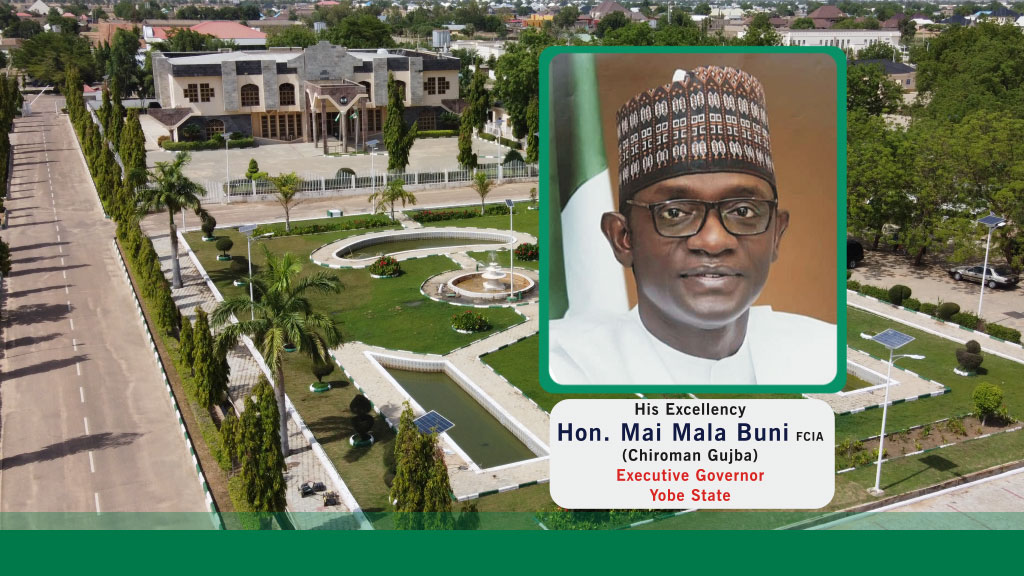Yobe State Under Environmental Threats
OpenLife Nigeria reproduces a piece by Hamisu Ado Nguru, a seasoned journalist and public affairs analyst which dwells on the emerging environmental disaster in Yobe state
The term “environmental refugees” is one of the many phrases that are used to describe people who move due to changes in the environment around them. The relationship between the environment and human movement is complex therefore; Environmental Refugees is identical to so many continents of the world that is why recently the concept of “environmental refugees” gained new significance.
The term Environmental refugee was coined by Essam El-Hinnawi, which describes “people who have been forced to leave their traditional habitat, temporarily or permanently, because of a marked environmental disruption (natural and/or triggered by people) that jeopardizes their existence and/or seriously affects the quality of their life”.
Desertification currently affects between 100 and 200 million people worldwide. In northern Africa the region arguably most affected by this environmental trend desertification threatens an additional 50 million inhabitants of the land at risk of becoming uninhabitable due to climate change and poor farming techniques.
This trend has led to a wave of North African migrants fleeing to Western Europe in order to escape crop failure and water shortage – although many environmental refugees would like to make it to Western Europe, the vast majority end up migrating to neighboring countries, which tend to be some of the poorest in the world. In many of these places, refugees are seen as unwelcome guests, putting further strain on already scarce water and land supplies.
Governments must be able to foresee and respond to these environmental issues, requiring time, money and organization; additionally, as noted above, many of the states most gravely affected by environmental disasters and resulting migration are in the developing world, meaning they may lack resources to adequately address the detrimental effects of these crises.
Nigeria is not left out.
In Yobe state, five local government ares are adversely affected by the menace of desertification.
The affected local government areas are: Yunusari, Karasuwa, Nguru, Machina and Yusufari.
In these council areas, many inhabitants have been forced to flee due to sudden or gradual alterations in the natural environment related to at least one or two impacts of desertification and climate change.

Yobe State strategically lies between Latitude 10 degrees 27 minutes and 13 degrees 23 minutes North and Latitude 9 degrees 40 minutes and 12 degrees 30 minutes east of the equator; the State falls within the Sahel Savannah region with sparse vegetation occasioned by high temperatures particularly between the months of March to July.
While harmattan is the experience between the month of November to February, rainfall for barely three to four-month from June to September with August recording the highest rainfall, similarly early rains are usually accompanied with heavy sandstorms.
Yobe State is located not too far away from the Sahara desert; this antecedent accompanied a very serious challenge to both our governments, multinational organizations, non-governmental organizations, and local communities.
Consequently, Environmental activist during several forum indicated that with the speed of 0.6KM yearly southwards, the Sahara desert is set to encroach deeper into Yobe State in not too distant future if nothing concretely and sustainable is done to check desertification.






